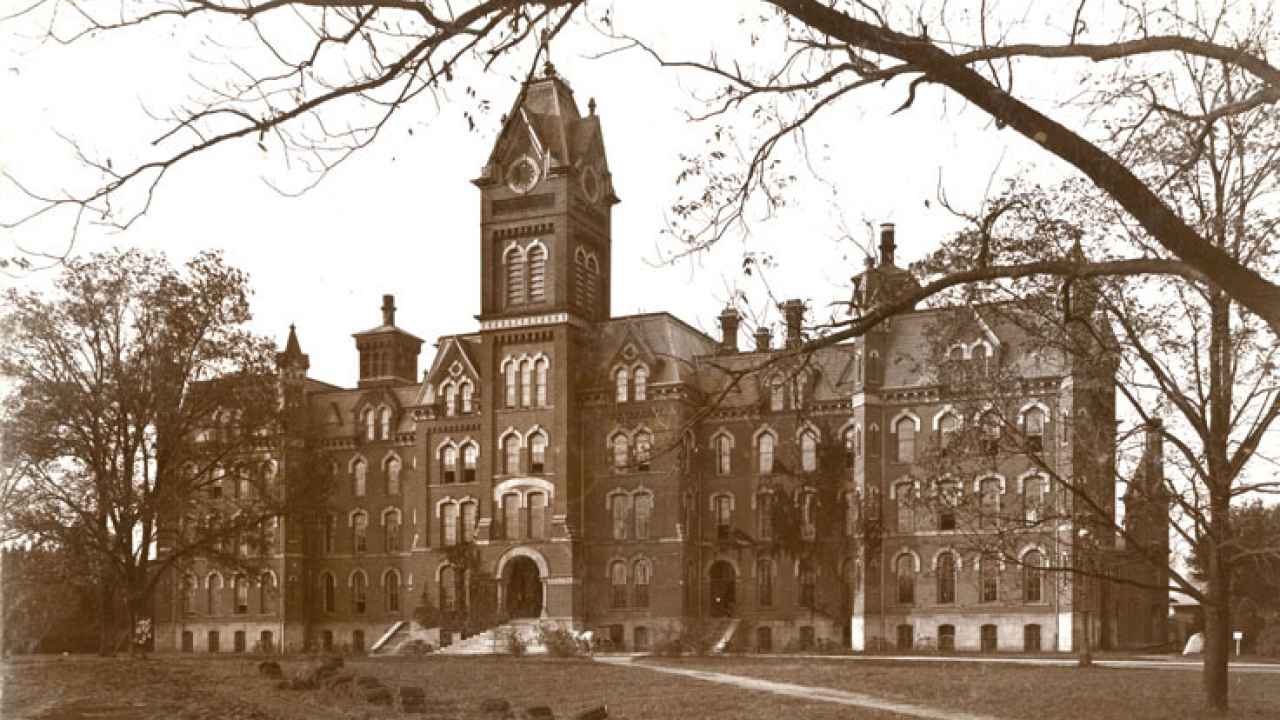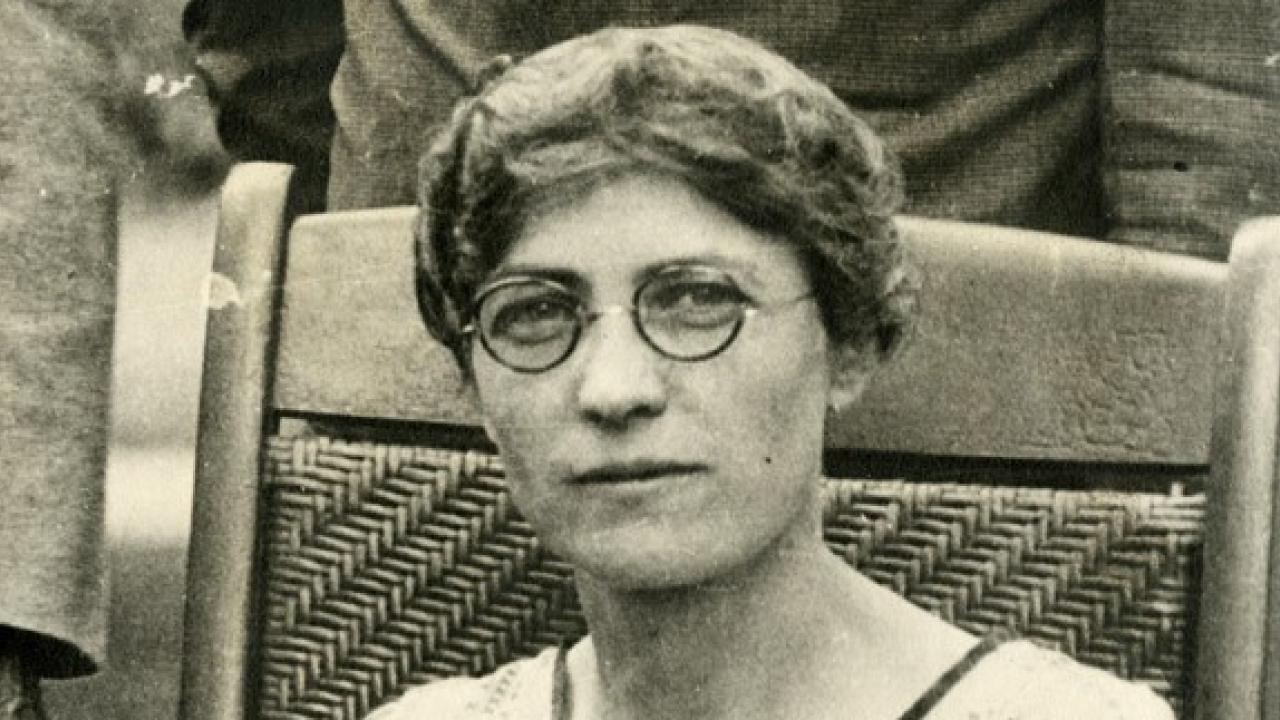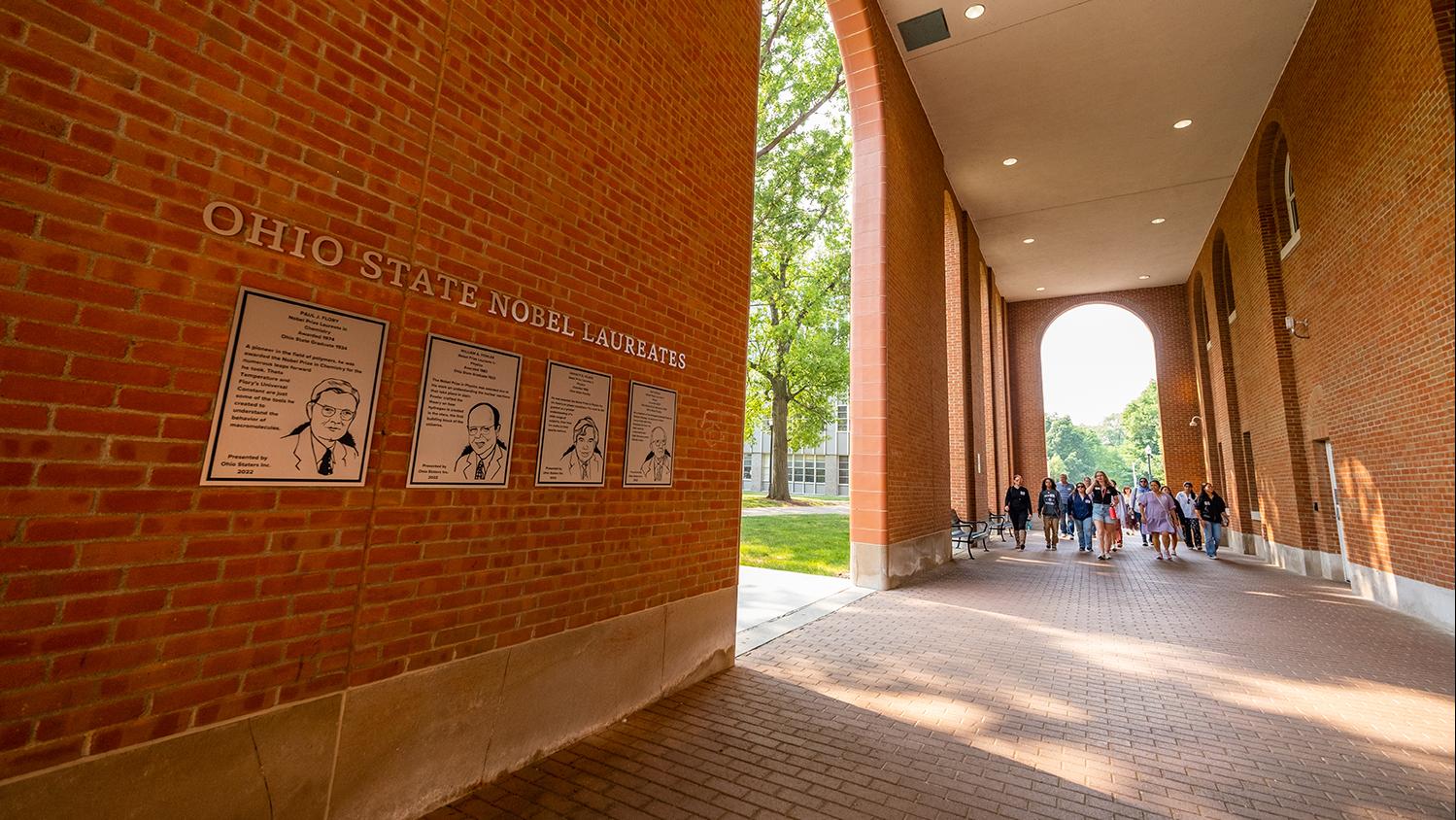Establishment and early years
Before Ohio State could even be established as an institution of higher learning, numerous questions had to be resolved — from the sale of the state’s land grant to the new college’s location, structure and curricular focus. The Board of Trustees and its predecessors were involved in nearly every one of these steps.



